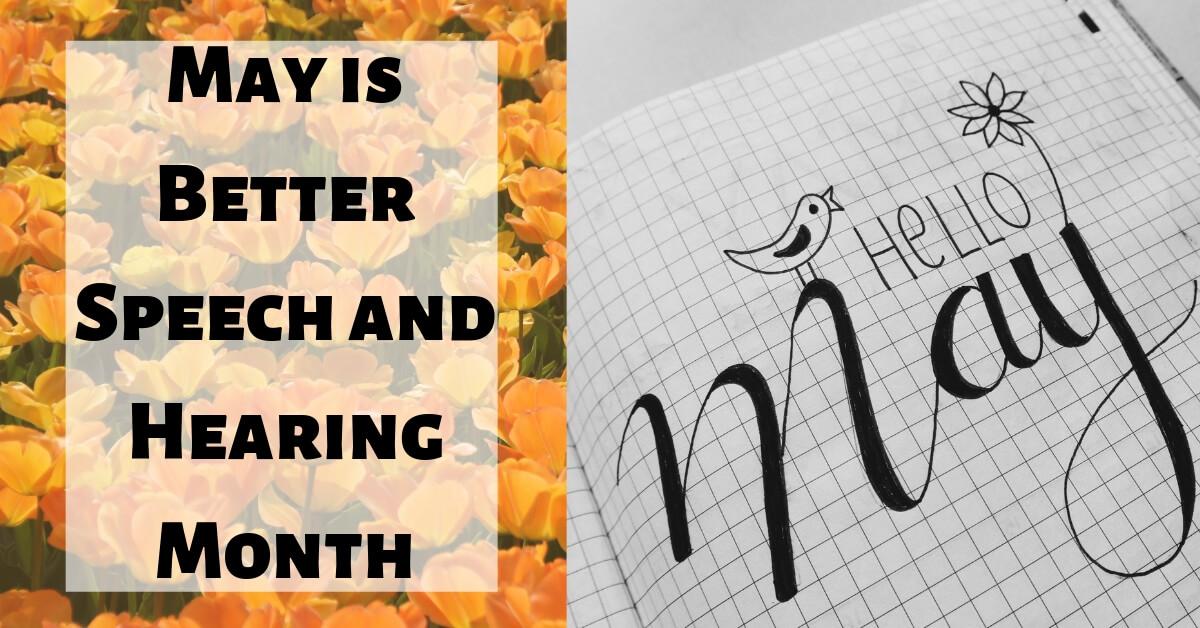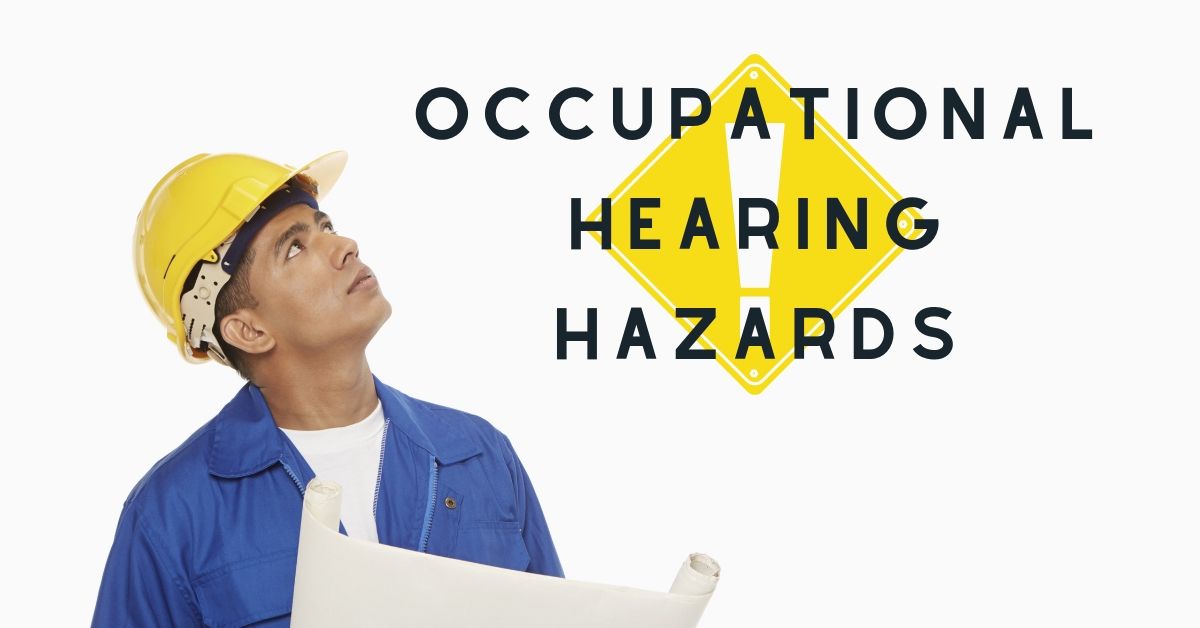

Some hearing loss occurs as we grow older and is almost inevitable. Most older adults have presbycusis, a form of hearing loss that occurs due to the natural process of aging. However, there is another type of hearing loss that is not inevitable: noise-induced hearing loss. This form of hearing loss results from damage to the structures of the ears, and it can be prevented. Although this form is preventable, it is also quite common.
We don’t know exactly how many Americans are affected by noise-induced hearing loss, because its effects are quite like any other form of hearing loss. Estimates range from 10 million to 40 million adults under the age of 70 with noise-induced hearing loss. However, younger people are incurring this form of hearing loss in remarkable numbers. As many as 17 percent of teenagers between the age of 12 and 19 have noise-induced hearing loss in one or both ears, according to a study in 2006. With such a common form of hearing loss among young people who were not formerly susceptible, some consider noise-induced hearing loss to be an epidemic.
Why has there been such an increase in noise-induced hearing loss, particularly among younger people? First we need to understand the conditions under which it can occur. Our ears are constantly receiving waves of pressure in the form of sound. When that pressure is too great, it can damage the tiny, sensitive features of the inner ear. Two types of sound pressure can have a damaging effect. When a sudden, very loud sound occurs, such as an explosion or a car crash, it can cause irreversible damage to the ear. However, sustained exposure to relatively loud sound can also have that effect.
Those who work in noisy environments, such as industrial manufacturing sites or even restaurants, can have the same experience. Just how loud does sound need to be to cause this type of hearing loss? Sounds under 75 decibels are thought to be relatively harmless in terms of noise-induced hearing loss. In order to experience noise-induced hearing loss, a person must be subjected to repeated or long exposure to sound over 85 decibels. What kind of sounds reach 85 decibels? For example, the humming of a refrigerator tends to be about 45 decibels, and a normal conversation is about 60 decibels. Risky sounds include the noise from busy city traffic, which is about 85 decibels, motorcycles (95 decibels), or sirens (120 decibels). Yet, these sounds would need to be heard for sustained durations to cause harm.
One of the culprits of noise-induced hearing loss that might explain the effects on young people is the sound of headphones. At maximum volume, an mp3 player through normal headphones can reach 105 decibels. If this volume only occurred for a moment, it might not be such a risk. However, sustained exposure to this level of sound can be incredibly damaging to the ears. Tiny hairs within the inner ears are responsible for creating waveforms that are translated into electrical impulses for the brain to understand. These sensitive hairs respond to sounds ranging from the very low to the very high. The very sensitive hairs that respond to high-frequency sounds are the most susceptible to damage by noise exposure, leading many people with hearing loss to have trouble hearing higher pitches while maintaining the ability to hear lower ones. This phenomenon explains why many people with hearing loss are unable to hear human voices or speech while remaining able to hear the bass coming from speakers in a passing car.
What can you do to prevent noise-induced hearing loss? As you might expect, headphones and earbuds should be used with caution. Raising the volume to the maximum should not be done for sustained periods of time, and it is important to give your ears a total break from headphones at regular intervals. If you work in a place that seems to have high levels of noise, be sure to talk to your employer about protection. Customized earplugs are available that fit comfortably into the outer ear, and they can be useful to maintain the ability to hear human speech while eliminating the truly damaging sounds that might come from the workplace.
At State Hearing, we provide comprehensive hearing health services that include hearing testing and hearing aid fittings. If you are concerned about changes in your hearing or want to gauge your current hearing abilities, we’re here to help. Contact us today to schedule an appointment.